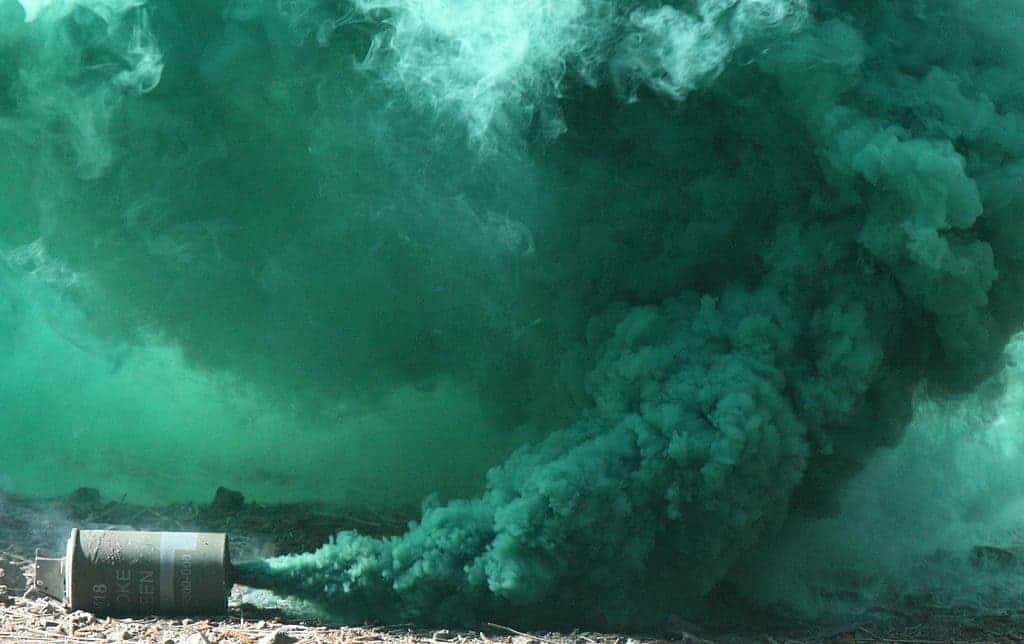Researchers peeking into our genetic code found that modern humans are less adept at handling smoke-borne toxins than the Neanderthals. We’re even worse at it than great apes, they add.

Image credits Lance Cpl. Jody Lee Smith / Released by the U.S. Marine Corps.
Modern human society can arguably trace its roots back to our mastery of fire. It not only let us prepare high-quality, energy-rich food, but provided protection against the cold, predators, and it underpinned early technology and industry.
But it’s not all rosy. Exposure to the toxic compounds released in smoke (such as like polycyclic aromatic hydrocarbons) can take a heavy toll on our bodies, increasing the risk for pneumonia as well as a host of other conditions and negatively impacting pregnancy development in women and sperm quality in males.
This double edge has sent researchers from the Leiden University and Wageningen University on a quest to find genetic markers for the use of fire in ancient humans.
It’s all about genes
Archeologists have quite a hard task in pinning the first use of fire, which has led to some pretty heated arguments in the past. Some argue that humans have been using it for as long as two million years, but most evidence found in Europe and the Near East suggest that we’ve learned to use fire somewhere around 350,000 years ago.
To bring new insight to this debate, the team looked at the biological adaptations of prehistoric and recent humans to toxic compounds in smoke. Since using fire involved heavy exposure to these compounds in breathed smoke and in cooked food, the team expected it to have an impact on the selection of human genes — specifically, that it would promote individuals who had a built-in resistance against them. They analyzed gene variants from Neanderthal, Denisovan, and prehistoric modern humans.
They tested single nucleotide variants in 19 genes that have been linked to increased risk of fertility and reproduction issues in tobacco smoke studies. These were compared to variants found in Neanderthal and Denisovan genetic material, and with DNA harvested from chimpanzees and gorillas as a control group — we’re closely related but they don’t use fire.
The results showed that Neanderthals and Denisonvans both had genetic variants which were better at handling smoke than we do. Surprisingly, even the apes had them — suggesting they were very old gene variants, inherited from a common ancestor.
Up in smoke
The less efficient variants were only observed from the earliest hunter-gatherers we have genetic information on, so from about 40,000 years ago up to the present. The team suspects the apes’ genes are involved in defending them from toxins in the plants they eat. Our own defenses apparently borrow heavily from those adaptations, being developed deep in our primate ancestry.
The findings show that our ancestors were well equipped to deal with smoke long before they made any fires for themselves. Somewhere along the line though, we traded these genes for their less efficient variants. Previous studies have discovered, however, that modern humans have developed a whole new set of mutations to help them cope with toxic smoke compounds, so maybe the genetic variants seen in Neanderthals and Denisovans didn’t have a big enough effect to apply selective pressure.
All of this will have to be answered by future research.
The full paper “Fire Usage and Ancient Hominin Detoxification Genes: Protective Ancestral Variants Dominate While Additional Derived Risk Variants Appear in Modern Humans” has been published in the journal PLOS ONE.


